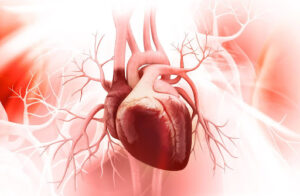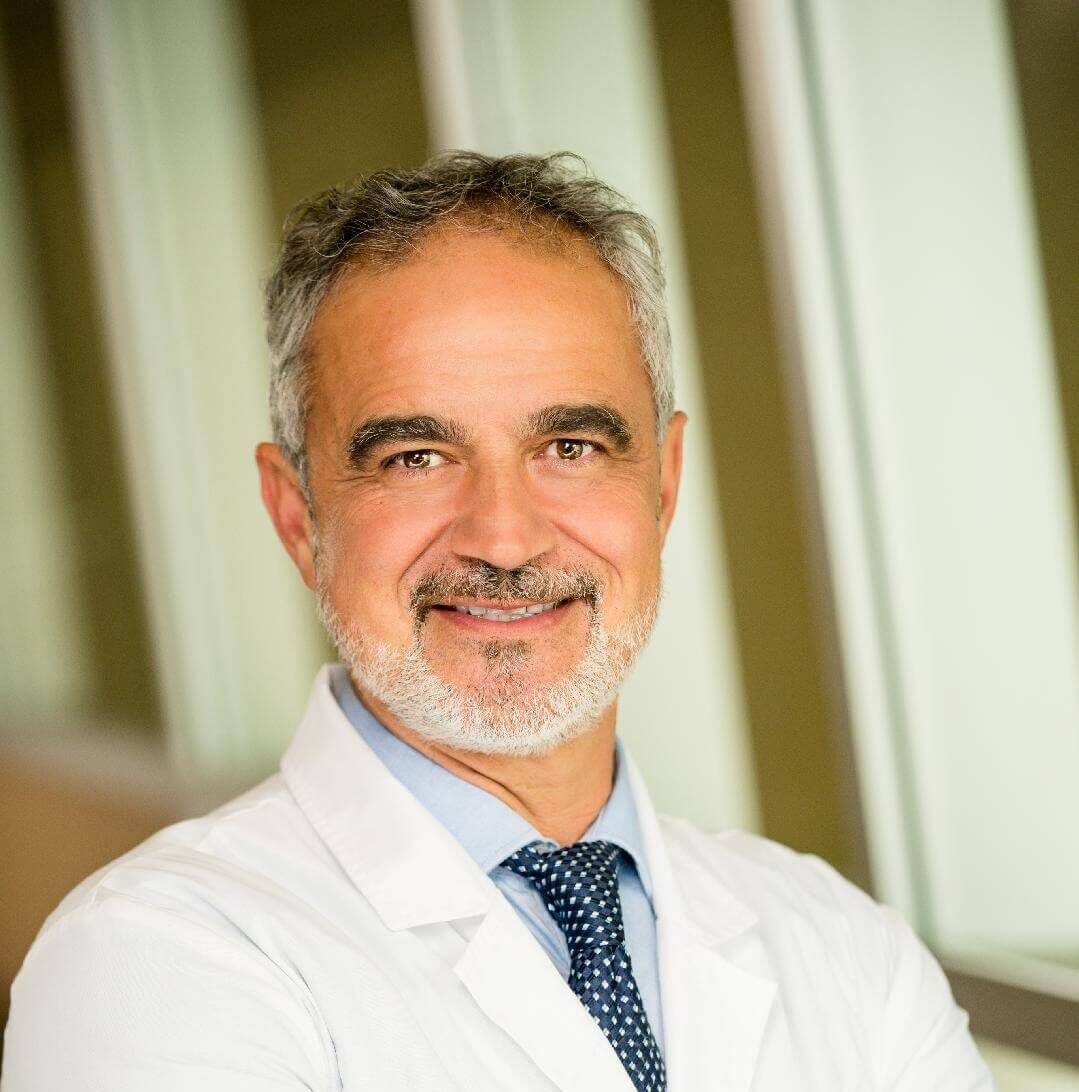
Known as an alternative to open heart surgery, minimally invasive surgery is preferred by many patients. It involves tiny incisions that allow a surgeon to access the heart between the rib bones. This eliminates the need to cut the breastbone. Compared to traditional heart surgery, minimally invasive procedures usually come with less pain and risk as well as a shorter recovery. Here at Minimally Invasive and Bloodless Heart Surgery with Dr. Ciuffo, we’ll dive deeper into the minimally invasive options for high-risk heart surgery.
Benefits of Minimally Invasive Heart Surgery
There are a variety of advantages of minimally invasive heart surgery. It’s often preferred to high-risk heart surgery because it results in less trauma to the chest and smaller, more discreet scars. It also allows for less blood loss, reduced pain, shorter hospital stays, and a lower chance of infection.
How Does Minimally Invasive Heart Surgery Work
Every minimally invasive heart surgery is unique. However, most of them involve small incisions in the chest area. You can expect a surgeon to use a special camera device so he can view the heart. During the procedure, you’ll be hooked up to a heart-lung bypass machine so that your blood flow can be maintained throughout the surgery
Types Of Minimally Invasive Heart Surgery
If minimally invasive heart surgery is an option for you, you’ll work with a surgeon to determine the ideal one. Here’s an overview of some of the most common types of minimally invasive heart procedures:
- Minimally Invasive Heart Valve Repair: The goal of minimally invasive heart valve repair is to resolve a damaged valve and, in turn, improve heart health. Also referred to as least invasive valve surgery (LIV), it involves a small incision in the chest that allows a surgeon to view the valve and make the repair.
- Mitral Valve Repair and Replacement: If the mitral valve, which can be found between the heart’s left atrium and left ventricle, is unable to function properly, its flaps thicken or stiff, and oftentimes fuse together. The mitral valve repair and replacement procedure is when a surgeon makes a small incision in the chest to repair or replace the malfunctioning heart valve.
- Transcatheter Edge-to-Edge Repair (TEER): TEER focuses on the mitral valve. Some patients are great candidates for this procedure as it can help them avoid high-risk heart surgery. In most cases, TEER uses the MitraClip system, which involves a small clip and catheter. Since the clip is inserted through an artery, it eliminates the need for risky chest incisions.
- Aortic Valve Replacement (AVR): AVR is a minimally invasive procedure in which the surgeon makes a small incision and allows the heart to continue to beat during the entire procedure. This is much safer than traditional open heart surgery with a large chest incision that temporarily stops the heart while the patient is hooked up to a bypass machine.
- Coronary Artery Bypass Graft (CABG): In a CABG, the surgeon makes a few small incisions so that only some parts of the arteries are exposed. Then, they place a graft. Unlike high-risk heart surgery, which exposes the entire heart, a CABG reduces the risk of infection and scarring.
- Transcatheter Aortic Valve Replacement (TAVR): TAVR is performed for patients with severe cases of aortic stenosis, which is the thickening of the aortic valve. During a TAVR, the surgeon collapses an artificial aortic valve and inserts it through a catheter in the chest or leg.
- Thoracic Endovascular Aortic Aneurysm Repair (TEVAR): TEVAR can be a safer alternative to open heart surgery for the thoracic aneurysm, which is an abnormal bulge in a weakened aortic wall. It involves a metal sent, which is inserted into the aneurysm and aims to replace the damaged part of the aorta.
Contact Us Today
Interested in Minimally Invasive Heart Surgery? If you’d like further information on minimally invasive heart surgery or are wondering whether you’re a candidate for it, visit our website to make an appointment, or call our office at (702) 333-7200 to speak with a team member. For additional information about our practice, please visit Nevada Heart and Vascular or University Medical Center.

